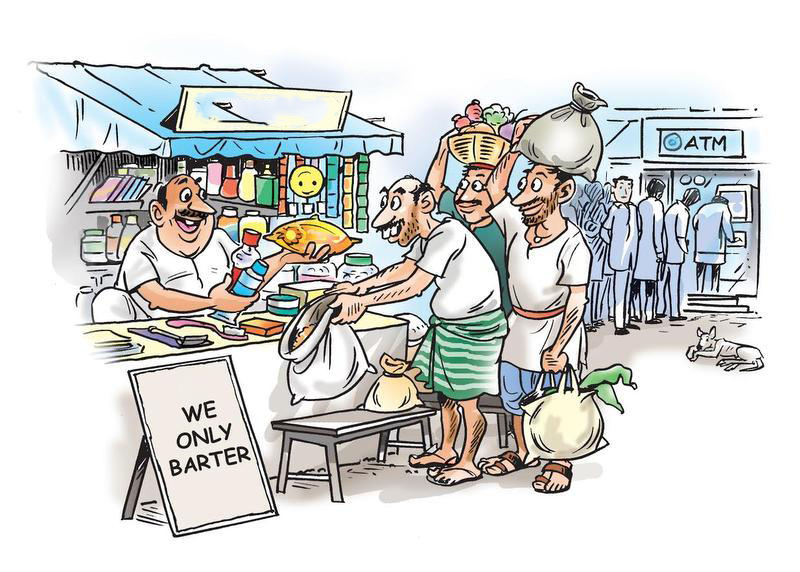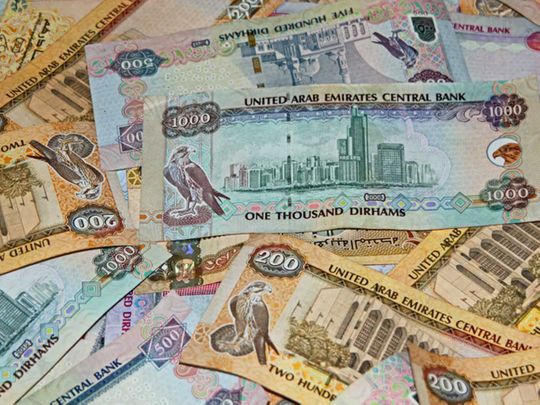Our Islamic scholars agree that the Sassanids and Byzantines were the first to mint coins in history. The first Islam coin was the Golden Umayyad Dinar and it was minted by the Umayyad Caliph Abdul Malik bin Marwan in about 720 AD.
research has shown that the type of currency in the UAE follows an evolutionary pattern, just like other countries with a history of currency. There have been many currencies traded throughout history, with the methodology of trade evolving of time across the Arabian Gulf.
The History of Money

In the early days, Arabia relied on a bartering system as a way to exchange goods and services. The earliest currencies are believed to be the solidus, the Golden Byzantine Dinar, and the Drakham, the silver Persian Sassanian Dirham. The Byzantine dinar was estimated to be equal to 10 Persian dirhams.
The author of The History of the UAE’s Currencies, Dr. Moataz Mohammed Othman, cites that the country went through a few stages. The first stage was pre-union, and afterward there were two main stages: post-establishment of the Emirate and after establishment of Central Bank and Dirham issues.
Even though there have been currency exchanges for a long time, it wasn’t until some coins were introduced in 323 BC that the first currency exchange was made. The coins were used throughout the region and continued to be used until Islam was introduced. After this, some changes were made to these coins in order to convert them into Islamic symbols.
There were two concurrent periods of dealing with the Taweelat al-Hessa currency, from 1480 to 1789, and from 1780 to 1392. In 1780, the Austrian riyal (a Maria Theresa thaler) was also used in France.
This can be attributed to the absence of a regulating central banking authority to cancel old coins when introducing new ones to the market, as shown by the use and entry of Persian currencies in the same trade phase for this riyal.
The Circulation of Money
The lack of regulation, due to the pressure of an onslaught of conflicts, colonization, world wars and the neglecting of duties by authorities to regulate currency entry and withdrawal into markets led to exchanges going haywire as British Indian rupees were introduced into the area.
This led to the overlap of the rupees of King George VI and that of Emperor Akihito, resulting in the manual cancellation of old rupees until the nation reached a point of abandoning all Indian-Gulf rupees. The process would end with the production of a unified national currency.
With the birth of the UAE in 1971, Gulf countries stopped using their own currencies (such as Saudi Riyal, Bahraini dinar, and Riyal of Qatar & Dubai Currency Board). They issued a Union State Dirham. As a result, this led to the end of subordination and an elimination of chaos in the market.
Historians cite 1600 as the beginning of trade of coins till the union in 1971, with the United Arab Emirates using the “Al-Areen or Taweelat al-Hessa” coins then famously known as “Al-Malawiya” as a result of the distincive hair clip like shape the coin resembled. Taweelat al-Hessa also had some types which resembles fishing hook and have been referred to by some researchers in history with respect to coins in Gulf States. It’s also considered one of oldest currencies traded in region especially Kuwait. For some period time its noted that some Persian currencies, (Qajaris, Shahis) were adopted before the nation would reach the official currency currently in circulation, the UAE Dirham.
The Trade between India and Other countries
The Indian Rupee, which was previously weighted at 114.3 grains of silver, was devalued in 1835 to 157.5 grains of silver and enters the country to take over all previous currencies. The new Rupees were brought through foreign trade with India and were used extensively in Arab trade until they were banned.
Minted with the image of King William IV, the rupee of the afformentioned King William IV, was the first to enter the market. After that, rupees bearing the images of British kings continued to appear one by one, including the rupee of Queen and Empress Victoria and then rupees with pictures of Kings were used, starting with King Edward VII until 1936 AD where George VI’s rupee was in use for a period.
Preceding the Union, the Gulf rupee became the currency of use across neighboring Gulf countries, like Saudi Arabia, Bahrain, and the UAE. The dinar was used in Bahrain, while the Riyal of Qatar and Dubai-Riyal were used in Abu Dhabi and Dubai, respectively. At the consummation of a union, a new national currency – dirham, was adopted.
To be continued...What to look out for next in this Series?
1. Development Stage of the Monetary Authority
2. Full, clean IOUs : The Use of Bank Notes
